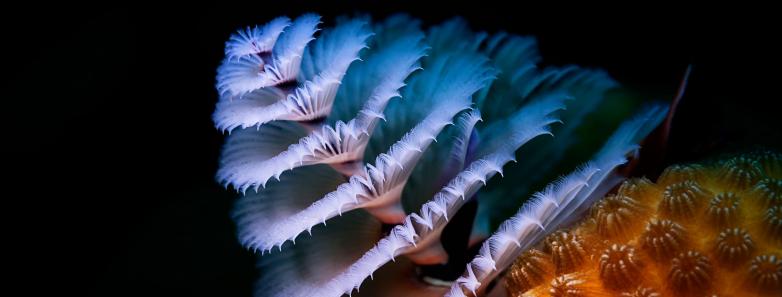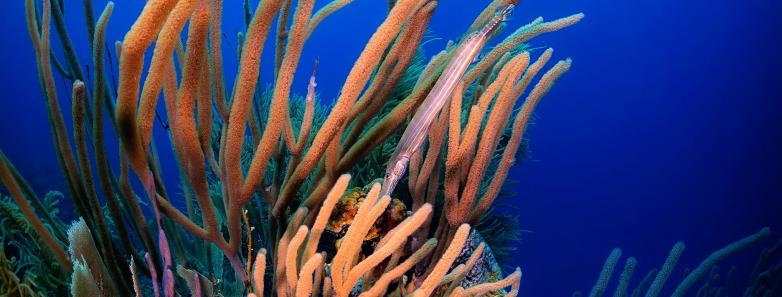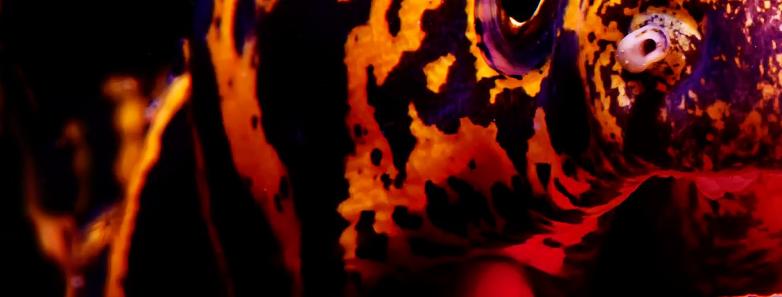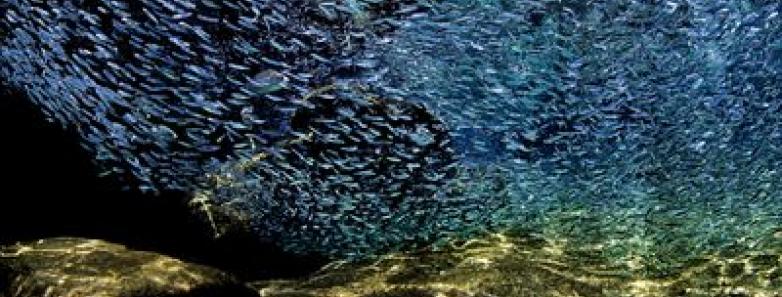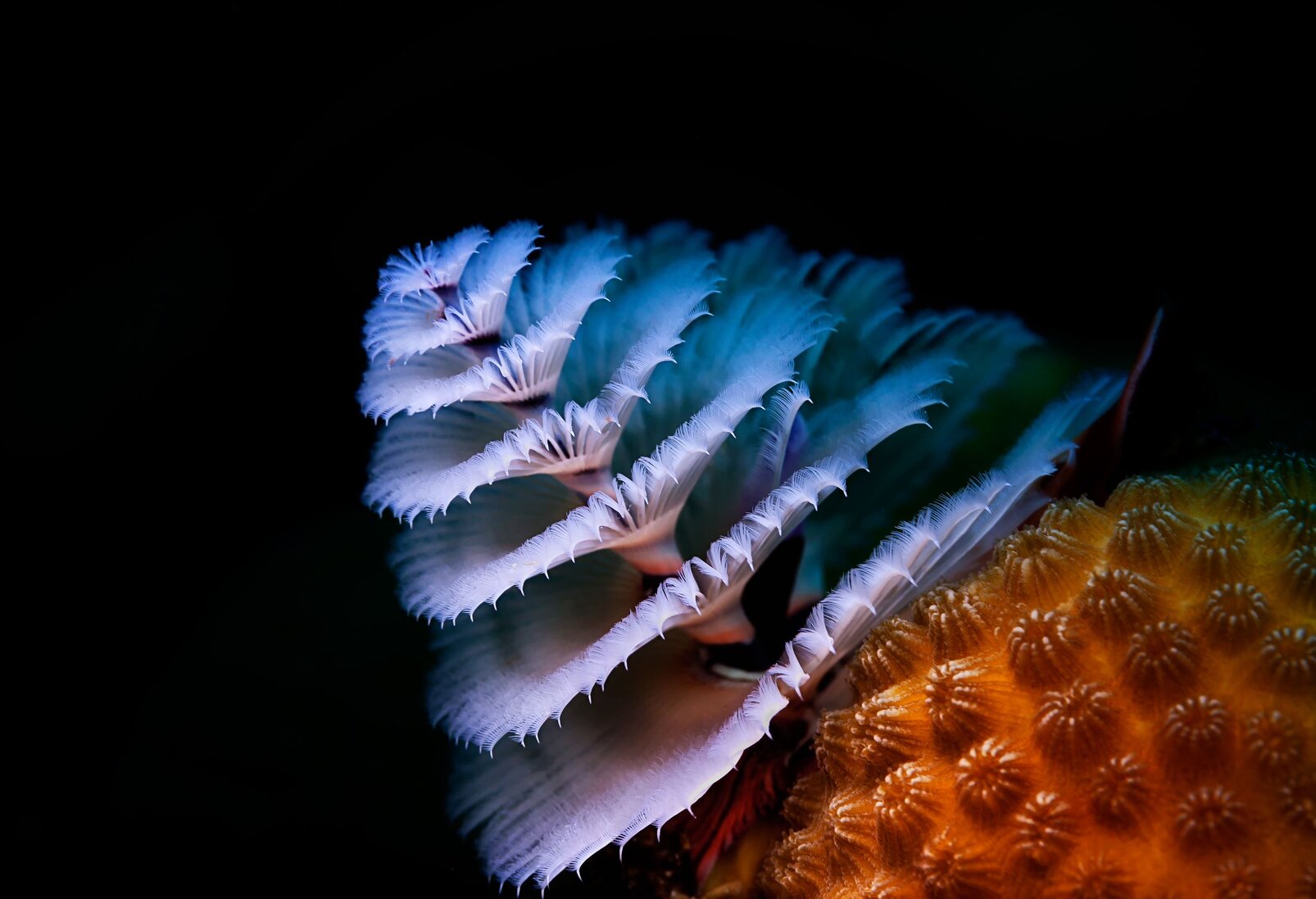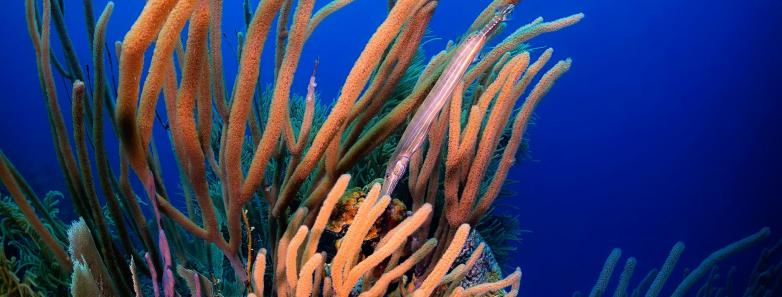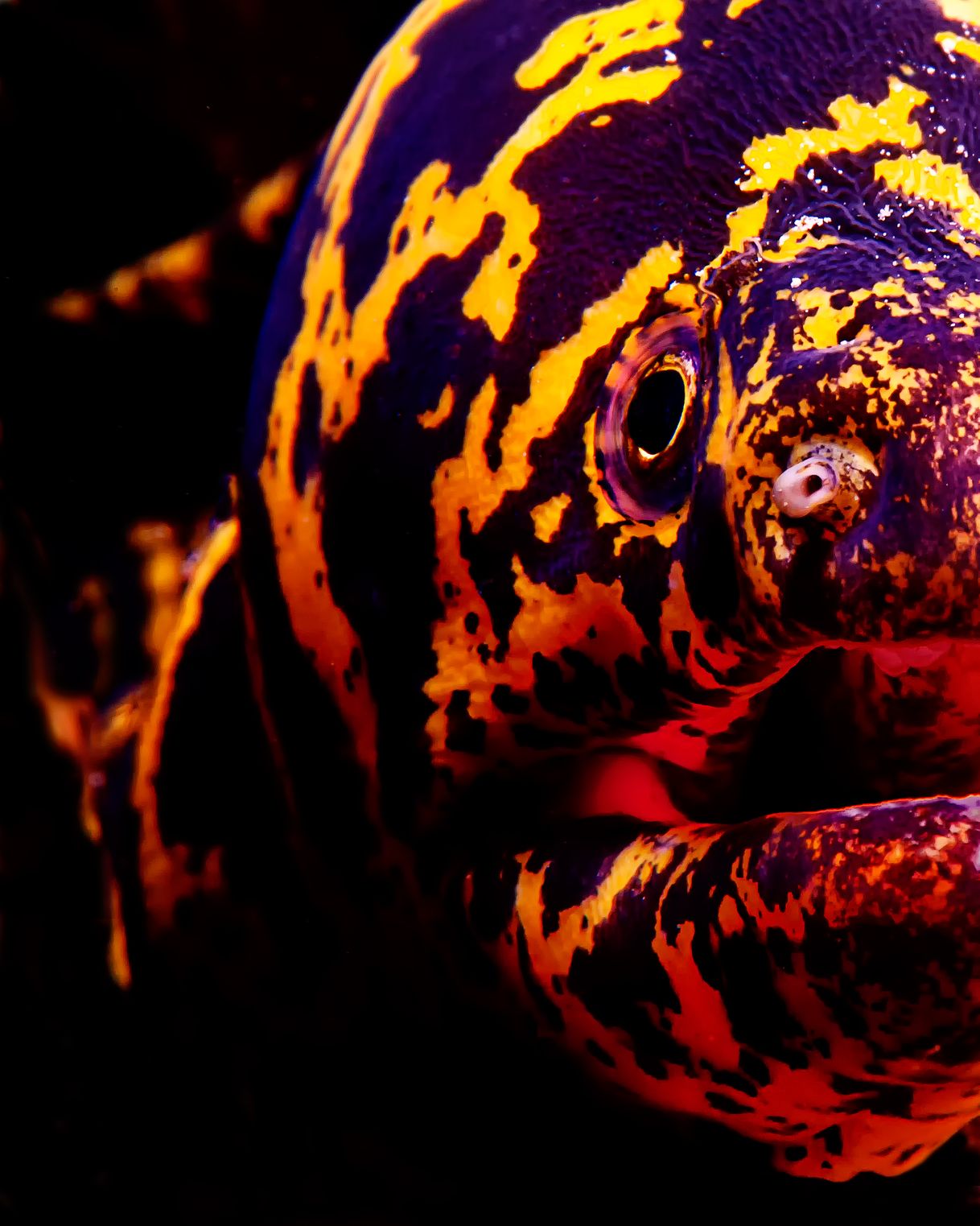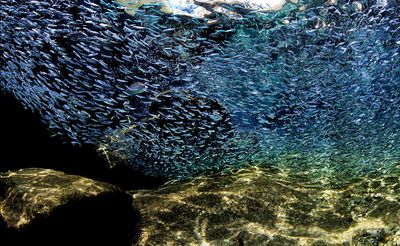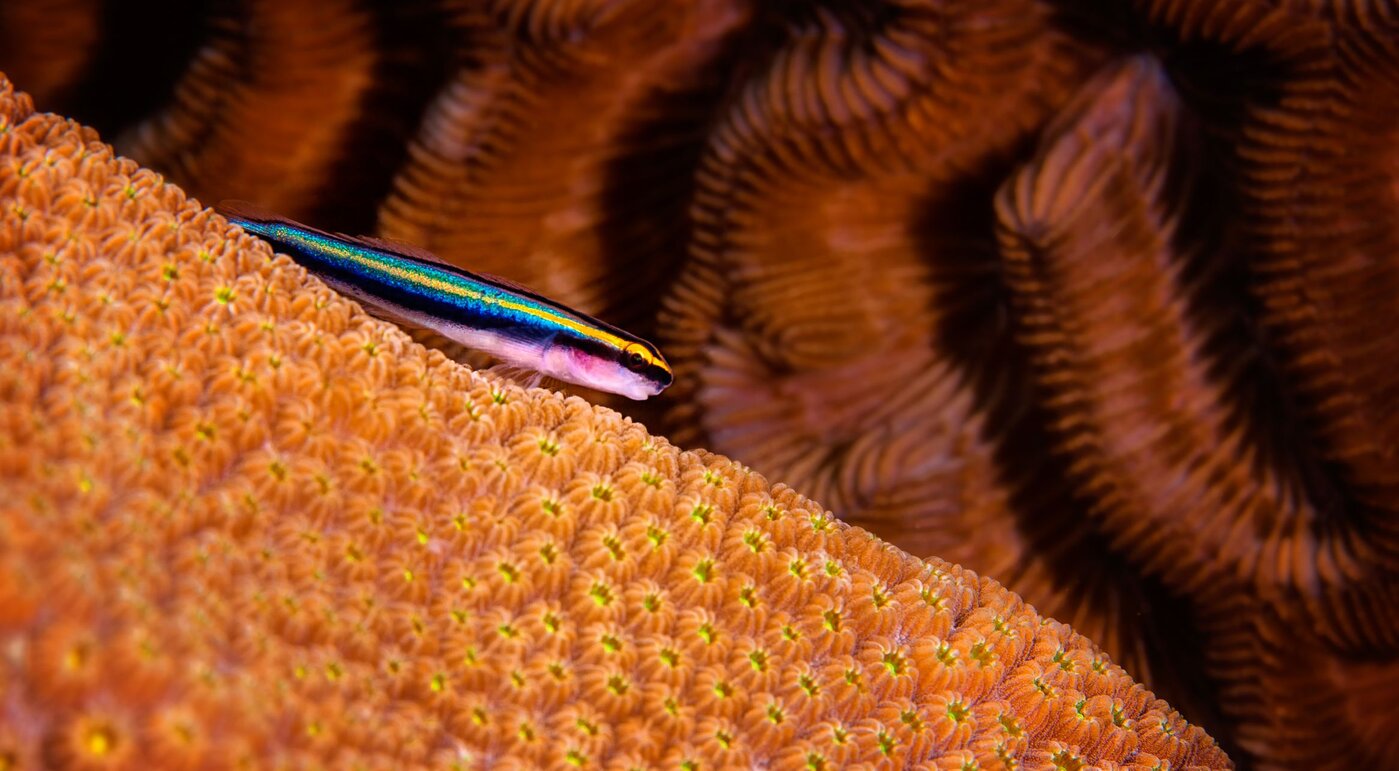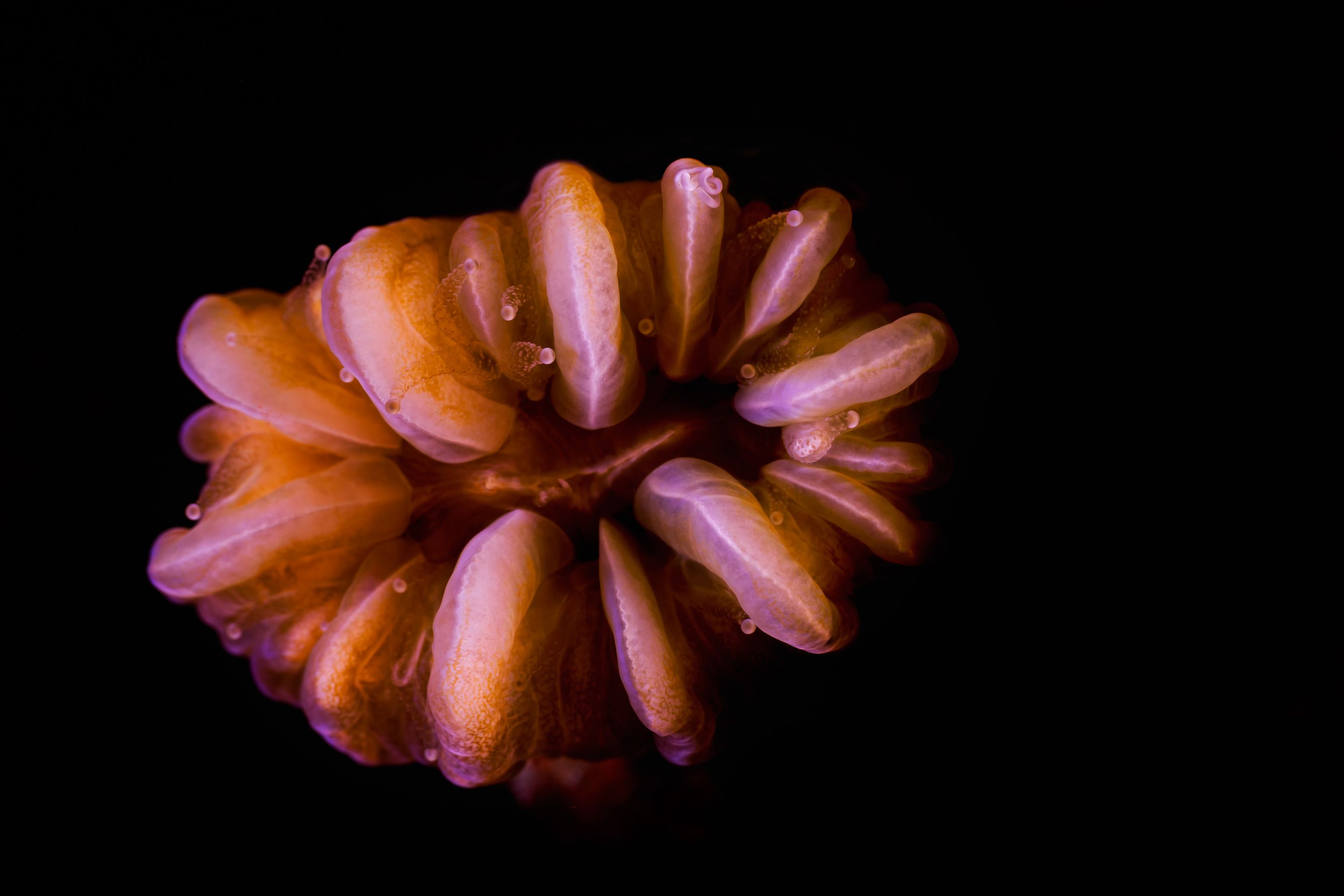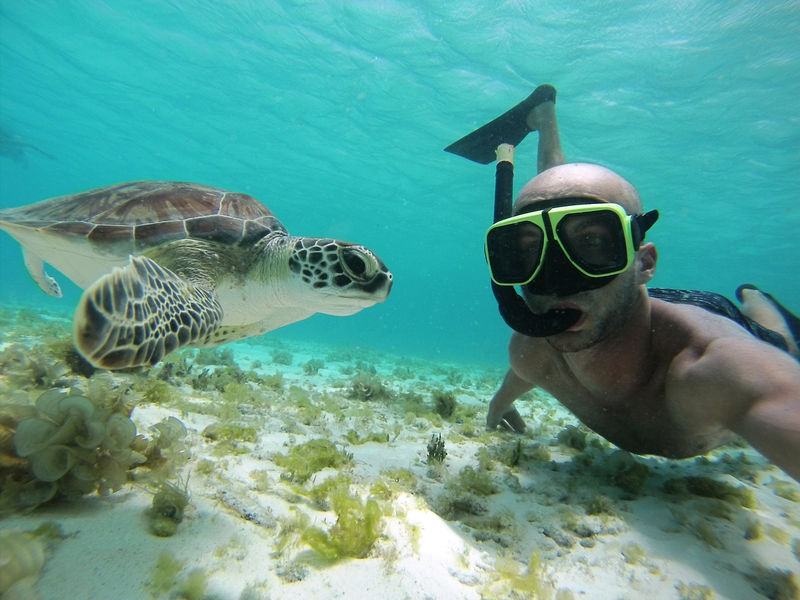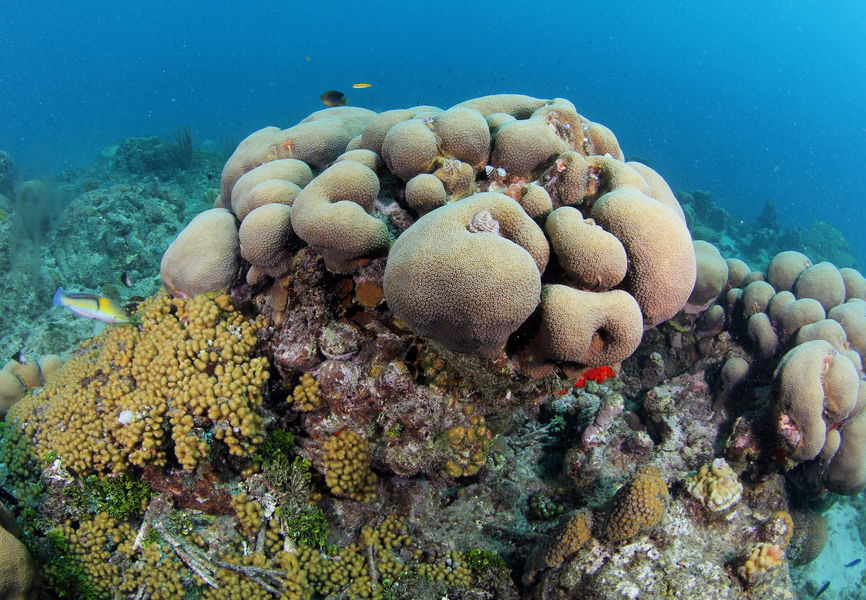Aruba Scuba Diving
Aruba Scuba Diving Highlights
As a southern Caribbean island, Aruba scuba diving offers a range of diverse but relaxed dive sites and one of the most abundant wreck scenes in the Caribbean. An Aruba scuba diving vacation is a great choice for a laid-back family holiday or a romantic getaway, and diving Aruba never gets boring.
Jump To:
Marine Life & Environment - Top Dive Spots - Diving Conditions
Aruba Scuba Diving Resorts/Liveaboards
There are plentiful accommodation options in Aruba, including some great beach resorts, hotels, and guesthouses to suit all budgets. No liveaboards currently visit Aruba.
Intro to Aruba Scuba Diving
Located 18 miles (29 km) off the north coast of Venezuela, Aruba is a neighbor of Bonaire and Curacao, and collectively the three are known as the ABC islands. Lying south of the hurricane belt, and with a characteristically hot, dry climate year-round, Aruba is a popular vacation destination a little over 2-hours’ flight from Florida.
While it may not boast Bonaire’s world-class shore diving infrastructure or the rich macro of Curacao’s reefs, diving Aruba is worthy of a dive-specific vacation. Sites are characterized by numerous wrecks along the island’s southern fringing reefs, while the northwest tip features seagrass beds and turtles galore.
Aruba is also a fantastic snorkeling destination, with many shallow wrecks close to shore and outstanding visibility allowing good access to some deeper sites.
For another great snorkeling destination, check out our French Polynesia dive travel guide.
When to Visit Aruba
Aruba scuba diving is fantastic year-round with consistent weather and water conditions. Like most tourist destinations, Aruba experiences high and low seasons in terms of the number of visitors. High season runs from December to mid-April, so to get the most of your Aruba scuba diving holiday, it's better to visit in the off-season when there are fewer crowds.
Back to Menu
Aruba Scuba Diving Information
Aruba Marine Life & Photography Subjects
Aruba hosts a wide range of marine habitats, from coral reef systems and mature seagrass fields to mangroves and artificial reefs. This encourages a great diversity of marine life and some unique encounters while scuba diving Aruba. Seahorses, loggerhead, and green turtles are commonly spotted weaving through the seagrass beds on the northwestern coast, while the tropical reefs host a myriad of small fish species. Huge brain and mountain corals adorned in tube sponges hide moray eels, lobsters, and loitering grouper, while schools of angelfish add colorful decoration. Mantas, stingrays, and sharks are sometimes seen around the outer reef sites.
Aruba Diving Conditions
- Water temperature: Average 85oF (29oC) year-round.
- Visibility: 68 to 100ft (20 to 30m).
- Depth Range: 5 to 131ft (1.5 to 40m).
- Diving Difficulty: Suitable for all levels, including snorkeling.
Aruba's Best Dive Sites
- The Antilla
- An Aruba scuba diving trip would be incomplete without a visit to its signature wreck dive, the Antilla, a WWII German freighter, intentionally scuttled in 1940 and now one of the best wrecks in the Caribbean. Situated 10 minutes from shore, the 400ft (122m) ship lies on its port side in 45ft (18m) of water and is festooned in large corals and tube sponges. There are some great penetration dives through the large cargo holds and the superstructure is home to dozens of schools of tropical fish.
- The Pedernales
- Another casualty of WWII, the Pedernales was an oil tanker that sunk in only 33ft (10m) of water and is now a fantastic novice diving and snorkeling site. Many fixtures and fittings remain in place and exploring sections of cabin reveal toilets and basins now home to grouper, moray eels, and other dark-loving critters. The outside of the wreck provides an artificial reef to schools of damselfish and angelfish and is perfect for novice photographers.
- Finger Reef
- Halfway along the southern coastline, Finger Reef is a relatively deep natural reef site where brisk currents encourage huge finger-shaped coral formations, a patchwork of colorful soft corals, numerous turtles, and plenty of schools of small fish.
- The Jane Sea
- Deeper than many other local wrecks, and with strong currents sweeping this massive concrete freighter, the wreck of the Jane Sea lies in almost 98ft (30m) of water and is a fantastic dive for experienced divers. Large schools of angelfish, barracuda, and the occasional manta ray contribute to the diverse marine life found around the superstructure and large cargo holds.
- Airplane Wrecks
- An Aruba scuba diving site featuring the wrecks of two airplanes, this purposely created artificial reef is a unique site full of critter and macro species and overgrown in coral polyps. Batfish, angelfish, eels, and many crustaceans have made their home amongst the unusual wreckage.
- Mas Bango Reef
- Close to Finger Reef, but starting at only 5ft (1.5m), Mas Bango is a beautifully colorful sloping reef of vibrant hard and soft coral surrounded by sand. At its maximum depth of 130ft (40m), divers will find coral islands circled by shoals of mas bango fish which attract predators such as tuna, jack, and barracuda.
Best Time to Dive Aruba
Conditions both subsurface and topside are consistently good throughout the year, with April to June enjoying the calmest conditions. Peak tourist season is December to mid-April, and accommodation prices can soar during this period.
The dry season lasts from April through to November, with air temperatures a steady 89oF (31oC). The rainy season from December until March experiences a brief downpour each day and air temperatures drop by a couple of degrees, which is typically welcome. This rarely impacts Aruba scuba diving, however, and the island has the added benefit of lying south of the hurricane belt meaning storms are extremely rare.
Back to Menu
Travel Information
How to Get to Aruba
Aruba is just over 2-hours flying time from Florida; getting there is a breeze with direct flights to Queen Beatrix International Airport (AUA) from many US cities. It is also on the itinerary of many Southern Caribbean cruises.
How to Dive Aruba
The dive sites around Aruba are close to shore, and diving is done from resorts and shore-based centers. The protected south coast sites are ideal for novice and less experienced divers while the north coast experiences stronger currents and is better suited to advanced divers.
There is a wide range of resorts and accommodation available from luxury through to budget and catering to all tastes, as well as self-catered apartments and villas.
Other Things to Do in Aruba
Aruba caters well to tourists with a wide selection of restaurants and bars, casinos, spas, and a lively nightlife. Consistent trade winds make the island a popular windsurfing spot, and other watersports such as kayaking and deep-sea fishing are also readily available.
There are numerous land tours and activities in Aruba ideal for a family vacation or group trip. Island tours, mountain biking, and offroading are options for adventurous visitors, and nature trips, sightseeing, and golf are all popular pastimes.
Back to Menu
Other Useful Information
Practical Information
- Currency: Aruban Florin (AWG) - however, US Dollars are also widely accepted.
- Language: Dutch and Papiamento are the official languages, although English and Spanish are widely spoken.
- Time Zone: Atlantic Standard Time (GMT-4).
- Electricity: 127V.
Back to Menu
Got Questions? Ready to Book?
Call us today at +1-310-915-6677 or email us info@bluewaterdivetravel.com
And let us book your dream vacation!

